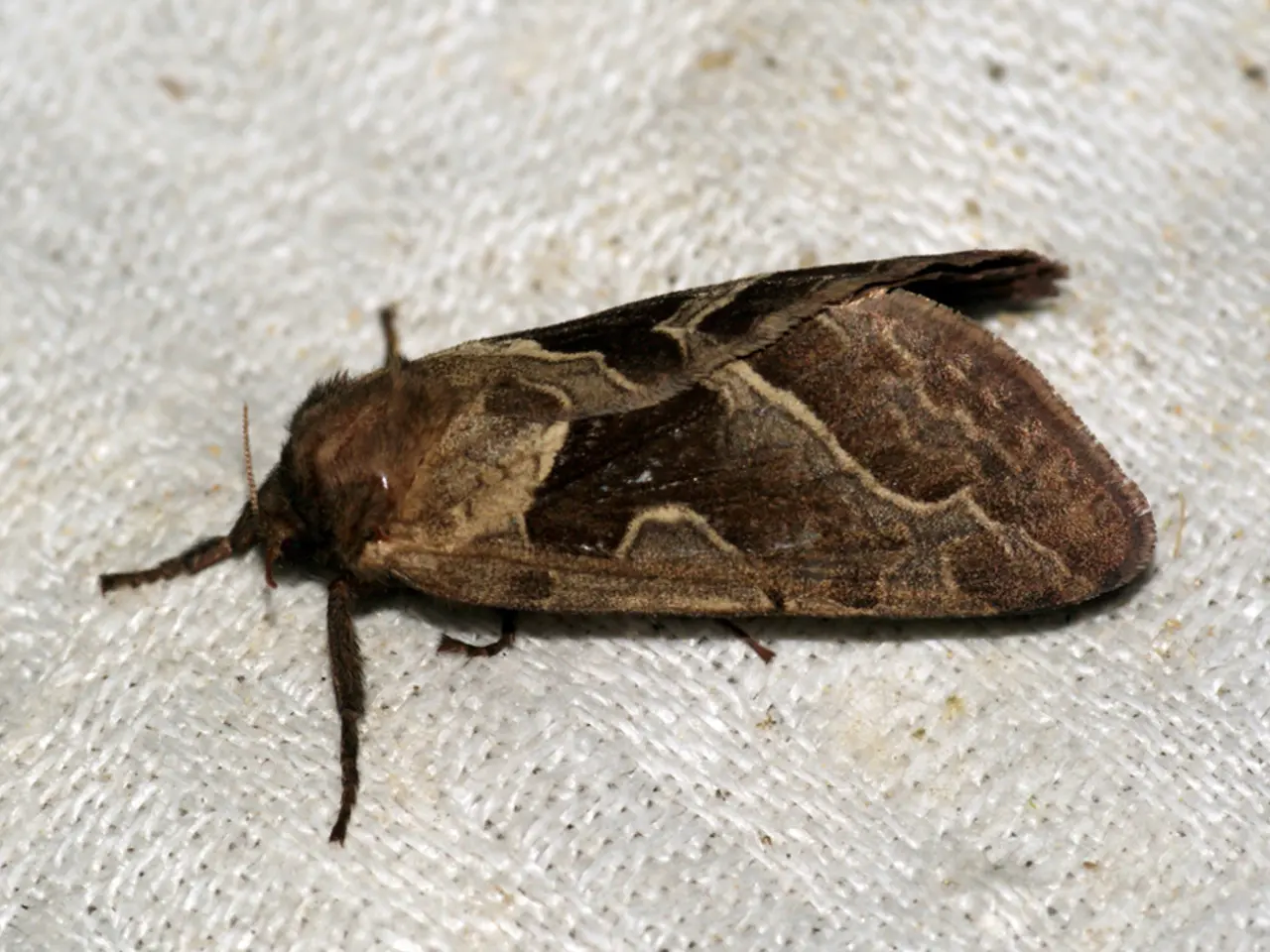Emerging Threat: Colossal Ticks Found to Disperse for the First Time among Human Populations
In a concerning development, the Hyalomma tick - a species traditionally found in southern and eastern Europe - has been increasingly reported in Germany, reflecting a northward expansion of its habitats. This tick, known as the "stalker tick" due to its aggressive hunting behavior, is a notable vector of several serious diseases, most prominently the Crimean-Congo Hemorrhagic Fever (CCHF) virus.
The presence of Hyalomma ticks in Germany, originally native to Africa and Asia, is a sign of ecological change and poses a risk mainly through potential transmission of CCHF. These ticks are found in meadows, forests, and gardens, and can drop from grass blades onto humans or animals to bite and suck blood.
The CCHF virus causes a severe and sometimes fatal hemorrhagic fever in humans. While reported human cases of Hyalomma-borne diseases like CCHF remain low, they require vigilance due to the potential severity of the disease. TBE infection, another disease transmitted by ticks, is not curable, and can lead to inflammation of the brain, brain membranes, or spinal cord. Untreated Lyme disease, transmitted by ticks as well, can lead to serious late effects affecting various organs such as the nervous system, joints, or heart.
European health authorities, including the European Centre for Disease Prevention and Control (ECDC), closely monitor the spread of Hyalomma ticks and associated CCHF cases, providing guidance and operational measures for infection control, particularly in healthcare environments. Environmental surveillance, predictive modeling, and case reporting are ongoing in affected EU countries, including Germany, to track and manage the risk.
Travelers, healthcare providers, and the public in affected regions are advised to be aware of tick bite prevention and symptom recognition. As global warming seems to be aiding the Hyalomma tick's spread further in Europe, it is crucial that everyone takes the necessary precautions to protect themselves from these disease-carrying pests.
Recently, citizens in Baden-Württemberg have been alarmed by toxic harvest mites, but it is important to note that these are different from Hyalomma ticks. The Hyalomma tick, with its active hunting behavior and ability to sense prey from up to 100 meters away, poses a unique and growing threat to public health in parts of Germany.
- Other than the toxic harvest mites, the Hyalomma tick, known for its active hunting behavior and potential to carry the life-threatening Crimean-Congo Hemorrhagic Fever virus, presents a unique and growing threat to public health and wellness in certain parts of Germany.
- In the context of health and wellness, European health authorities emphasize the importance of understanding medical-conditions like Crimean-Congo Hemorrhagic Fever, which is transmitted by Hyalomma ticks, as the northward expansion of these ticks' habitats highlights the need for vigilance and preventive measures.




